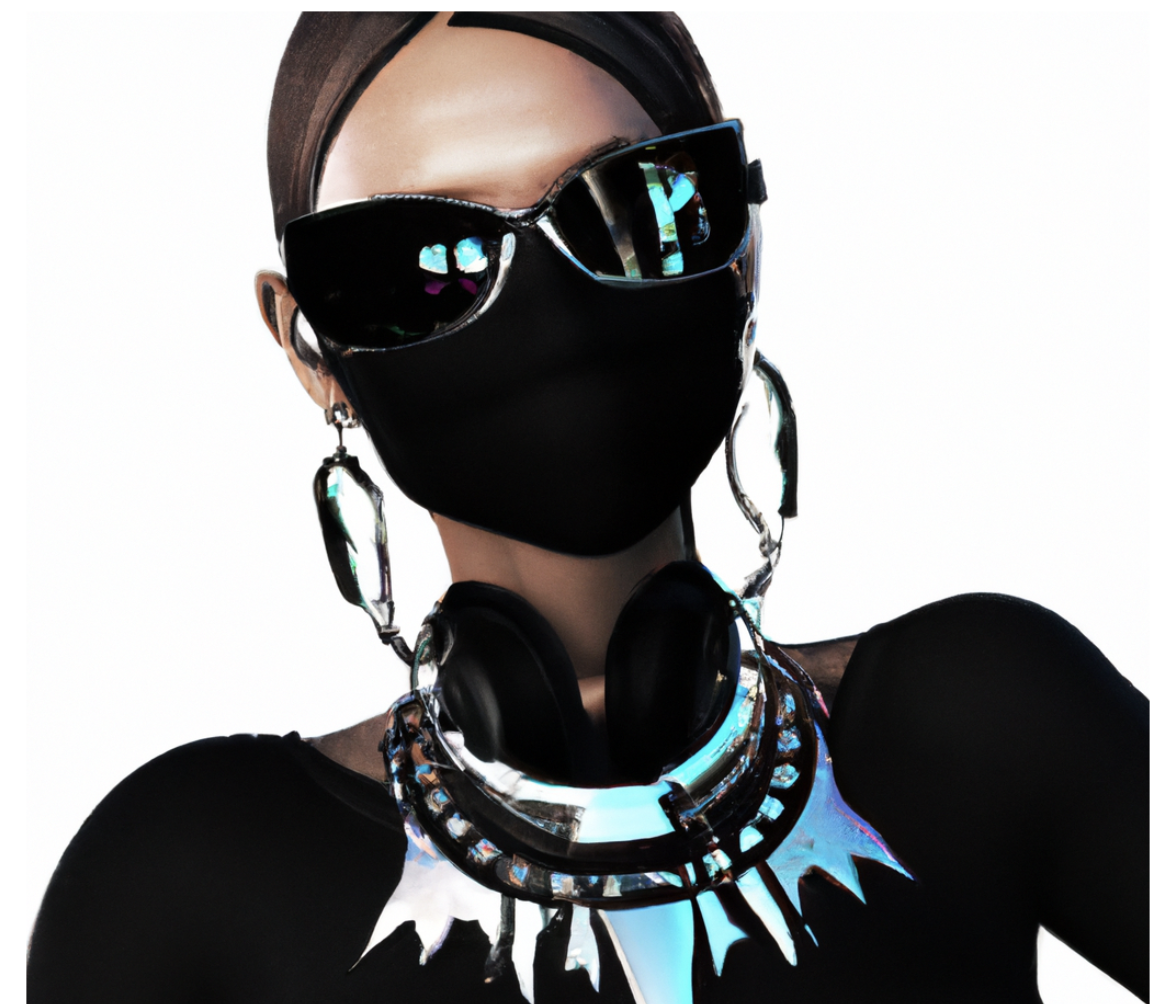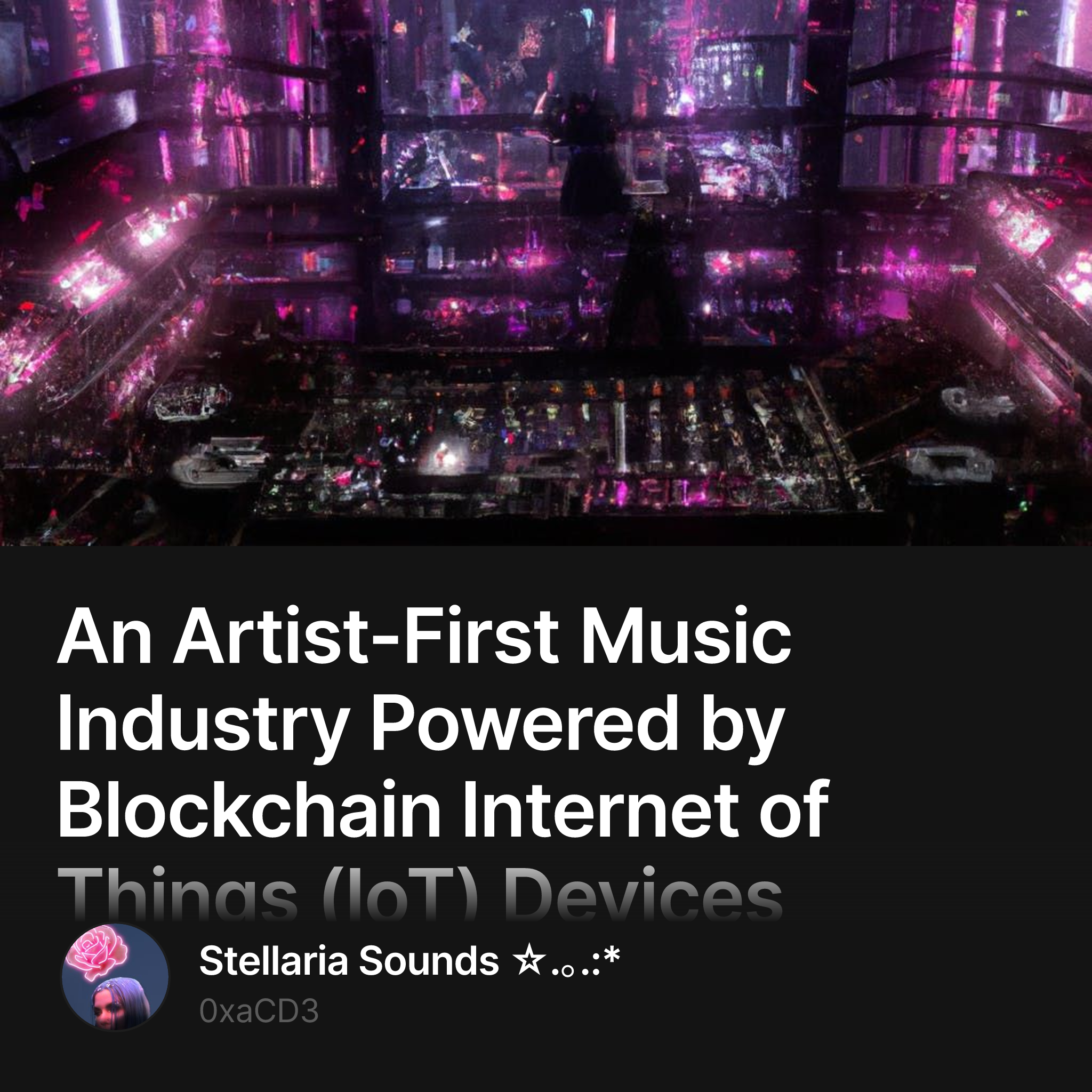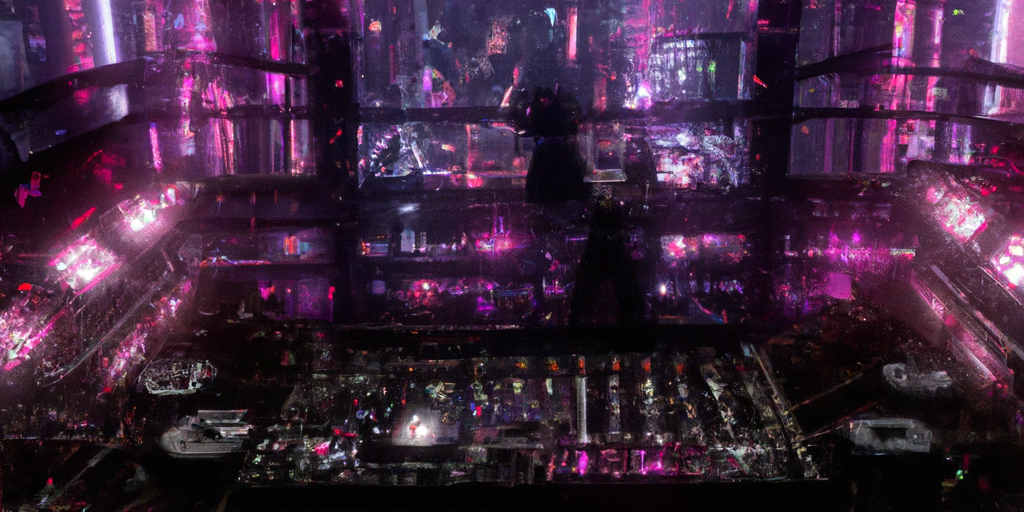IoT hardware can power a shift in music industry standards and create an artist-first model that rewards royalties in real-time and incentivizes originality.
/// Bridge Between Worlds
Hardware is the heart of digital.
The foundation of computing systems.
The connection between physical, virtual, and extended realities.
Hardware innovation is the exponent that multiplies transformation.
/// Smart Connected Devices
Smart connected devices, or the internet of things (IoT), are physical objects that can sense what is happening and communicate information back to a network.
-
A device becomes smart with sensory capabilities
-
A device becomes connected when it communicates to a network protocol
-
A device becomes smart and connected when it does both
What does the next generation of IoT devices look like when designed for the music industry?
/// Royalty Performances
Meet Onyx,

an artist who is DJing at their favorite venue, HyggeLab.
Gone are the days of bringing USBs to the venue,
HyggeLab uses smart connected CDJs.
To connect,
Onyx opens their web3 wallet,
takes a picture of the QR code on the CDJ, then,
signs the CDJ request to connect within their web3 wallet.
Onyx’s music library is now synced to the CDJ.
#ActivatePerformanceMode
Onyx queues the tracks, then presses the play button on the CDJ.
An embedded sensor in the play button on the CDJ recognizes a song is playing,
which sends a message to the connected network.
The network notifies the CDJ that the song contains
a royalty embedded within a smart contract.
The CDJ notifies the connected HyggeLab digital wallet to send a royalty payment,
and the artist of the song playing receives a royalty payment to their web3 wallet.
/// Royal Standards
In the words of entertainment lawyer, John Kellogg,
“Every time the music gets played, somebody gets paid.”
Royalties are a form of intellectual property rights that fall under the copyright bundle of rights and are a major monetization stream for the music industry.
There are four primary income-generating rights for composition copyrights:
-
Mechanical Right
-
Public Performance Right
-
Synchronization Right
-
Derivative Right
In the case of live performances, the public performance right defines if an artist’s composition can be played publicly and at what cost. If an artist holds this copyright, then a royalty fee is paid for every public performance of the composition.
Back to Onyx’s performance at HyggeLab
Onyx plays 30 tracks during their performance:
-
20 tracks are compositions created by Onyx
-
10 tracks are compositions created by Onyx’s friends
Envision that:
-
The royalty rate for each song is 1 euro
-
The royalty fees are paid by HyggeLab
-
The royalty fees for other artists are removed from Onxy’s performance commission
In this scenario:
-
HyggeLab pays 30 euros in royalty fees
-
20 euros for the tracks created by Onyx
-
10 euros to the tracks created by other artists
Onyx is paid 20 euros in royalties plus their performance commission minus 10 euros.
For the first time, the music industry can compensate royalties in real-time when the compositions of artists are played to live audiences.
/// Artist-First Industry Incentives
Smart connected devices incentivize an artist-first model that:
-
Pays artists royalties when their compositions are publicly performed
-
Notifies artists when their music is performed
-
Shows artists where their music is performed
-
Incentivizes artists to perform original work
Innovation in music industry standards, especially in live performances, becomes possible with IoT hardware.

